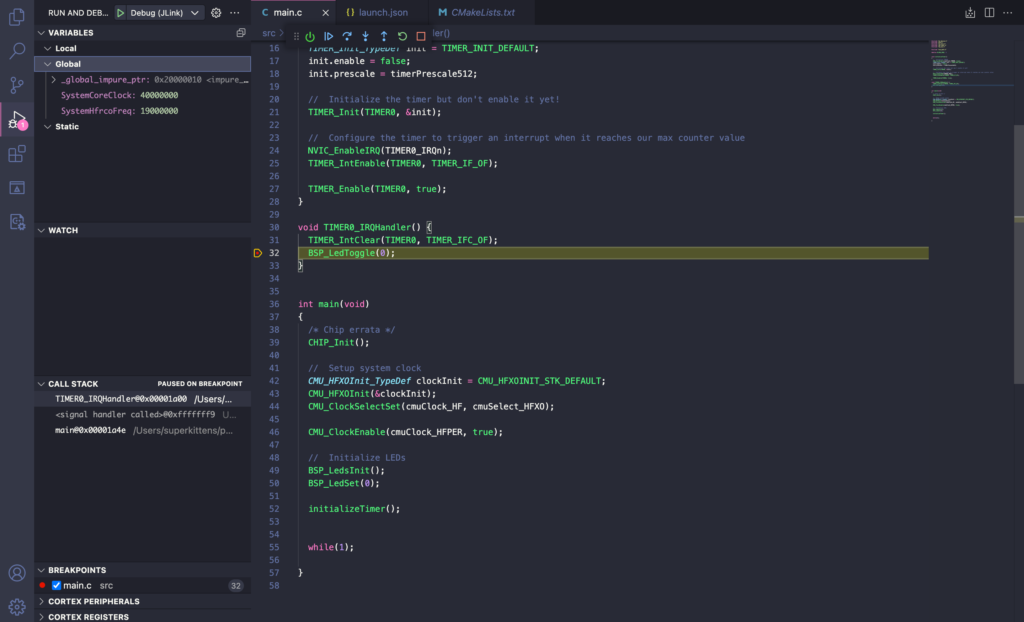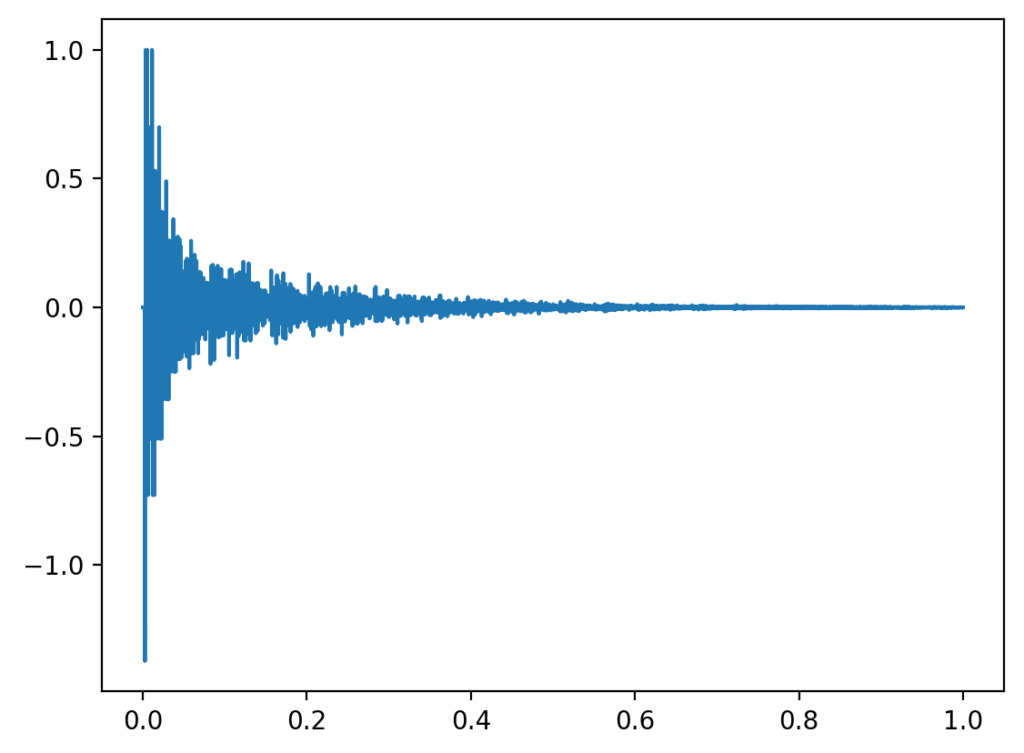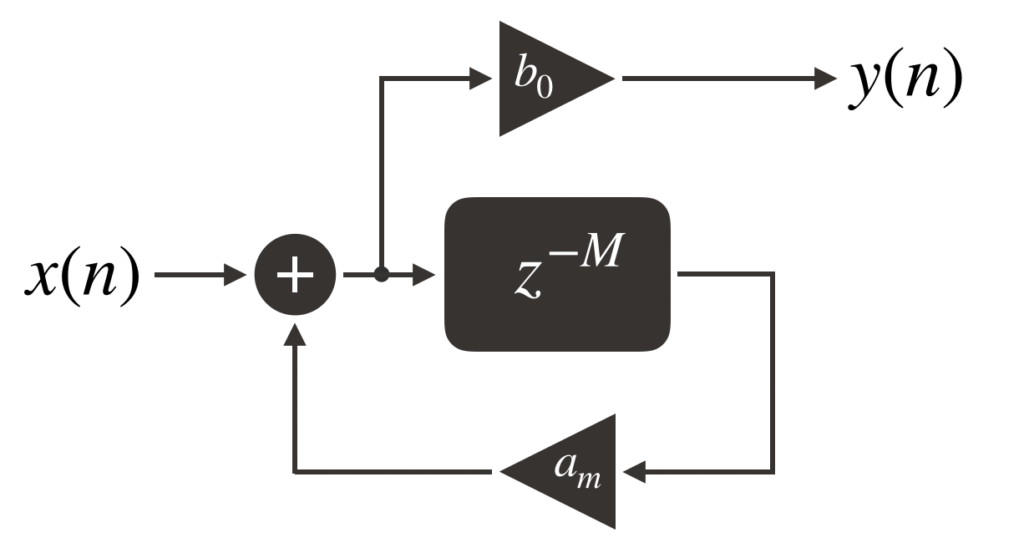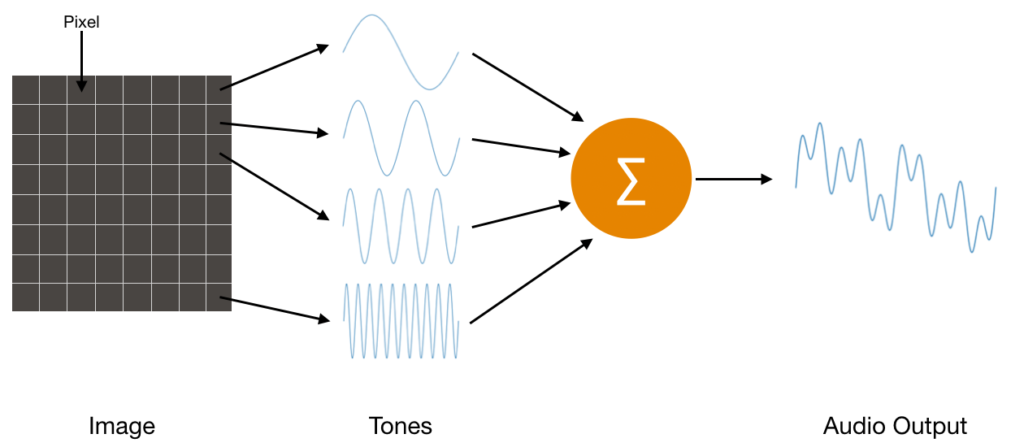Unfortunately in the bare-metal world, development tools often come at a premium that is out of reach of hobbyist budgets. While I am grateful that microcontroller vendors frequently offer free development software, I often do not have a great experience working with these tools. I do however find them to be a great starting point when becoming acquainted with a particular microcontroller family.
After learning that Visual Studio Code (VS Code) offers extensions for debugging microcontroller projects, I decided to move my entire embedded development into VS Code and have not looked back since. This post will go through the steps that I took to be able to develop and debug firmware on VS Code. The files and code will be specific to the SiLabs EFM32PG12 microcontroller but the steps should apply to most microcontrollers.






